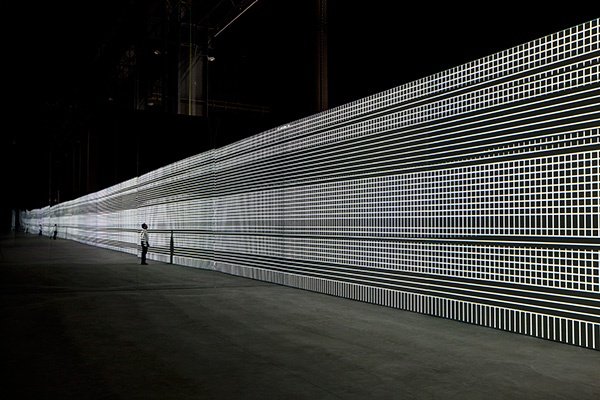
How We Get a New Renaissance
A new renaissance? Yes, we need it. Raise your hand if you’ve felt bored by entertainment lately. Raise your other hand if you’ve surrendered to the algorithm, letting Spotify spoon-feed you the same six songs you didn’t even really like in the first place. Raise your middle hand if find yourself wanting a cultural reset. Good. Now put them down before someone calls for help. Culture has become frictionless. We’re drowning in content but starving for discovery. The machines don’t just recommend music; they dictate taste. And without resistance, without risk, without effort—nothing really surprises us anymore. Filterworld? It’s your fault. You say you want to be excited about music again, but you pay $12 a month for every song ever made and still listen to the same playlist called Vibes. You want to find a new sound, but you only check what’s trending, as if the system designed to make everything homogenous will suddenly hand you something singular. You say you want another Springsteen or Cobain, but if they showed up today, you’d probably just assume they had a good social team. It’s not just that being an artist is commercialized—it’s that the process of becoming one has eclipsed









